Picture having the luxury of silky-soft skin after each hair removal cream use. It’s quick, simple, and painless—no nicks, no cuts, no wax burns. But what if the very beauty product you depend on is quietly harming your skin each time you apply it?
Do you know what happens to your skin when you repetitively use hair removal creams?
In this guide, we’ll uncover the truth behind repeated use—what science says, what your skin is telling you, and how to protect yourself without giving up your beauty routine.
What Are Hair Removal Creams Made Of?
Shaving creams destroy the protein structure (keratin) in the hair shaft so it can be easily wiped off. The majority of products have calcium thioglycolate or potassium hydroxide—strong chemicals that dissolve hair rapidly.
They also contain emollients and fragrances to make the product more enjoyable. But don’t be mistaken by the gentle scent. The active ingredients are powerful enough to change your skin’s surface chemistry. That’s why excessive use is a problem.
Hair removal creams can feel gentle, but their chemical composition is far from it. Those same ingredients, over time, can affect more than just hair.
The Skin Barrier: Your First Line of Defense
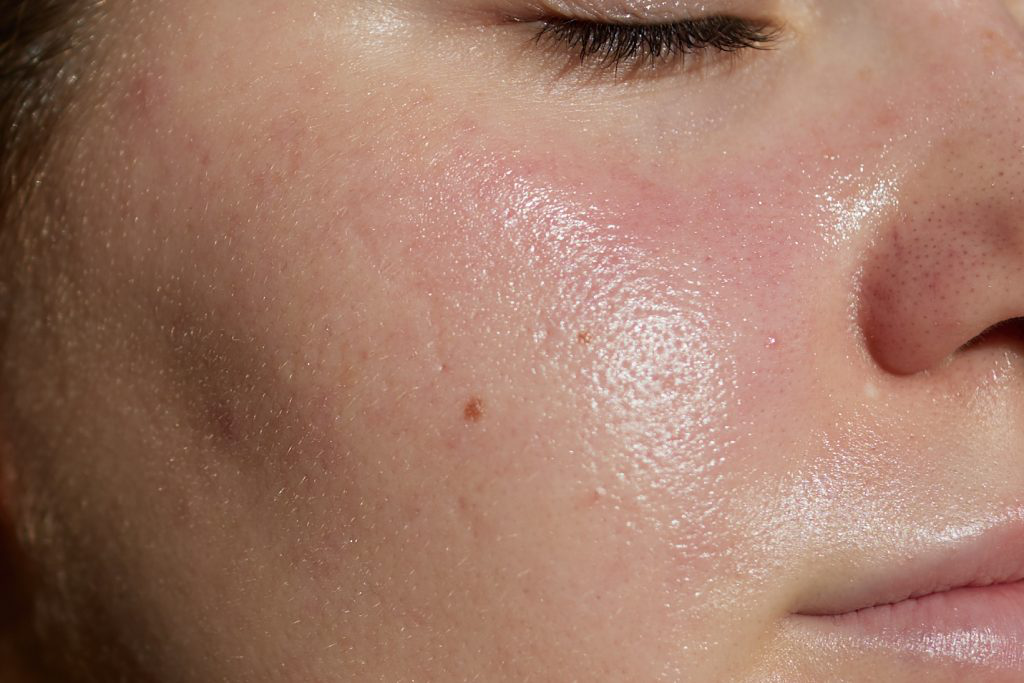
Your skin is not a surface—it’s a barrier that’s meant to keep bad stuff out. The outer layer, called the stratum corneum, provides hydration, protection, and healing.
Frequent use of hair removal creams can break down this barrier. The harsh alkalis and thioglycolates have no way of distinguishing between hair and healthy skin proteins.
This degradation can cause:
- Increased skin sensitivity
- Chronic dryness
- Inflammation
- Increased risk of infections or irritation
Repeated use of hair removal creams can slowly erode your skin’s resilience. And damage might not be visible right away. the
Irritation or Allergy? Understanding Skin Reactions:
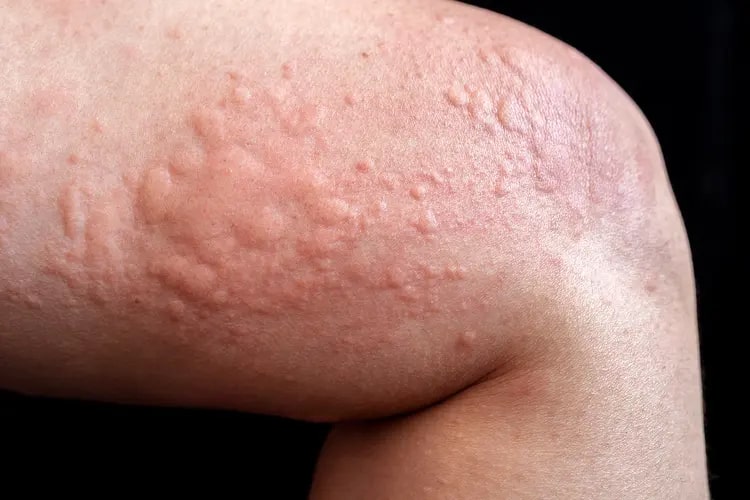
Redness. Itching. Burning sensations. If you’ve experienced these symptoms after using hair removal creams, you’re not alone. They’re the most common reactions—but not always the same.
- Irritation occurs when the skin’s protective barrier is damaged by harsh chemicals.
- Allergic reactions are an immune response to certain ingredients, such as fragrances or preservatives.
Repeated exposure has the potential to make your skin increasingly reactive. Which is to say that something that previously was harmless may suddenly trigger flare-ups.
Extended use of depilatory creams without resting from them can raise your risk of developing contact dermatitis or chemical burns, particularly to sensitive areas such as the bikini line or face.
Are Some Areas More Risky Than Others?
Yes—and for good reason. Your skin isn’t equal all over your body. Parts such as the face, underarms, and bikini area contain thinner, more sensitive skin.
Repeatedly using hair removal creams on these areas raises the risk of long-term effects such as
- Hyperpigmentation
- Scarring
- Chronic inflammation
These side effects are not merely temporary nuisances. On occasion, they can persist for weeks or result in long-term changes to the skin texture. That’s why it is generally advised by many dermatologists to avoid using hair removal creams on these parts or to use specifically formulated products for sensitive areas.
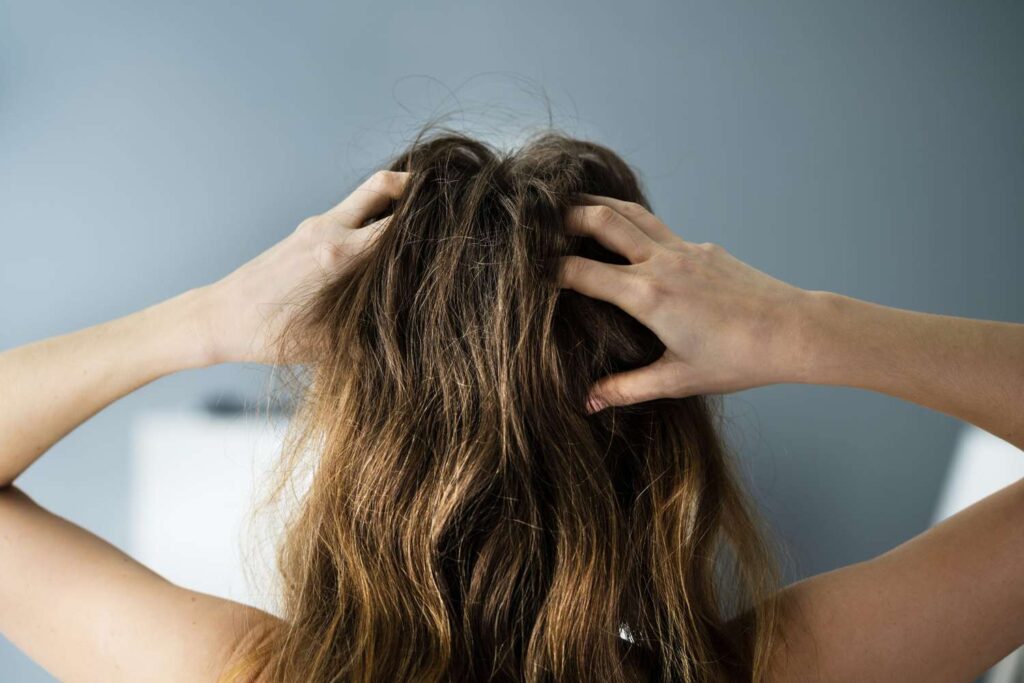
What Does Science Say About Long-Term Exposure?
Research indicates that hair removal creams, used properly and in moderation, are quite harmless. Nevertheless, when used incessantly—once a week or biweekly—issues begin to arise.
Scientists discovered that repeated exposure to thioglycolic acid substances could cause sustained damage to skin barriers as well as disruptions to pH levels in the skin. Some consumers also develop chronic sensitivity, leading to dermatological intervention or prescription creams to counteract inflammation.
This isn’t scaremongering—it’s educated prudence. Science advises restraint, particularly for those who already have sensitive or acne-susceptible skin.
Can You Tolerate Hair Removal Creams?
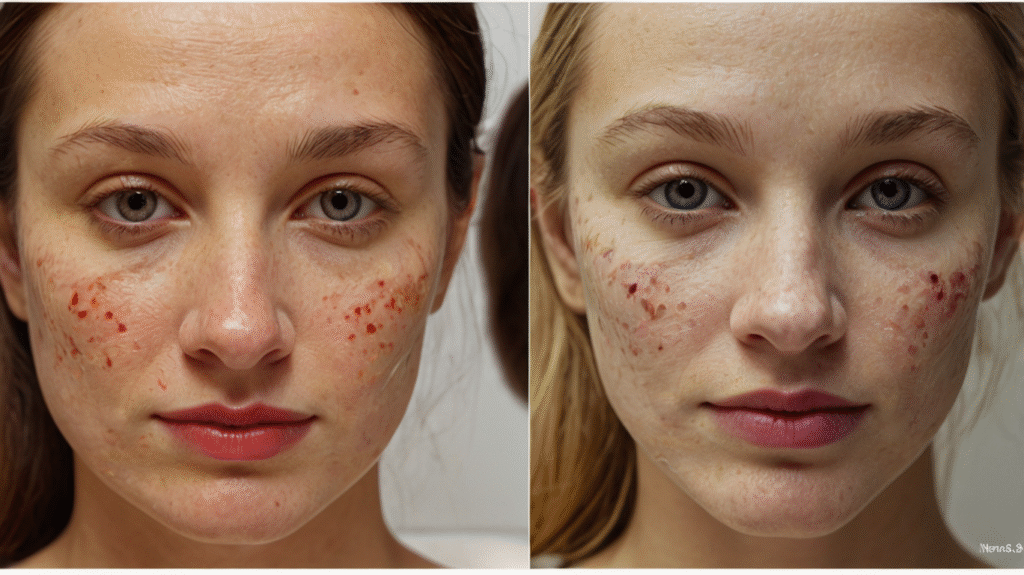
Despite what you may have heard, using hair removal creams over and over again won’t make your skin “stronger” or “more tolerant.” On the contrary, just the opposite can happen.
With repeated exposure to chemicals, the skin’s natural ability to repair itself weakens. This tends to cause it to react more, rather than less. Individuals who express escalating side effects with use over time are typically incurring cumulative chemical irritation—rather than allergic reactions.
Compliance with the directions reduces the risk, but regular overuse will eventually exhaust your skin’s natural barriers.
Are There Safer Alternatives?
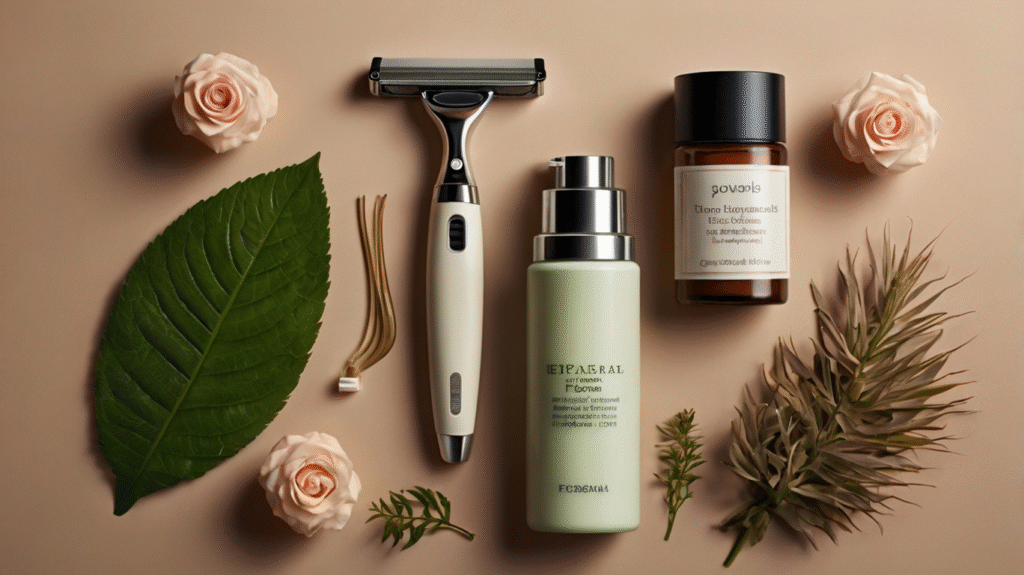
Thankfully, you’re not stuck. If you’re concerned about the long-term impact of hair removal creams, consider switching between methods to minimize damage.
- Shaving: Low-risk, especially when using hydrating gels and sharp razors.
- Waxing: Longer-lasting, though more painful and not ideal for sensitive skin.
- Epilators: Good for some users but can cause irritation for others.
- Laser Hair Removal: Costly upfront, but offers long-term results with minimal maintenance.
If you do keep using hair removal creams, allow your skin time to rest between sessions. Patch test any new products and use fragrance-free moisturizers after applying.
Best Practices for Safer Use:
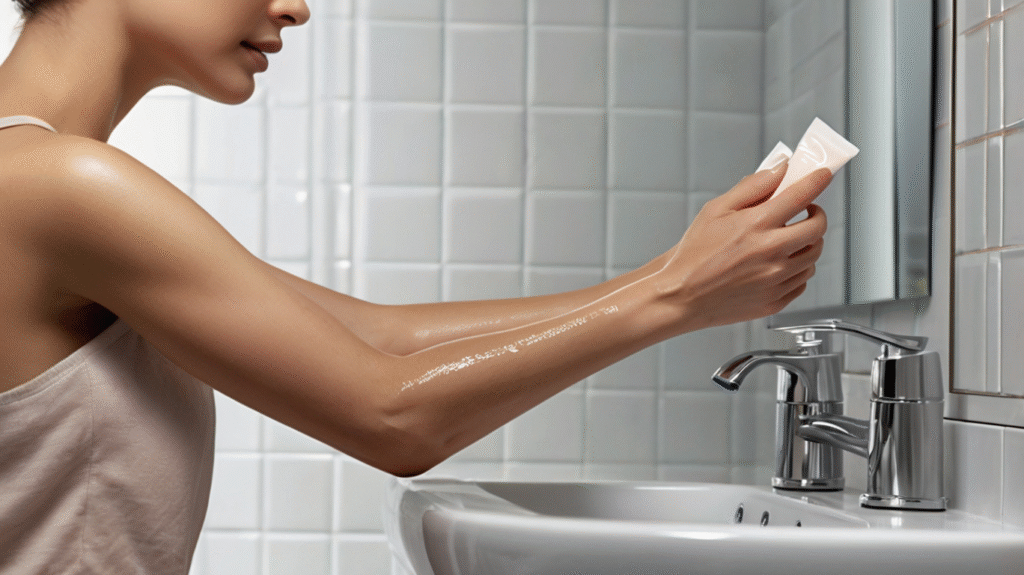
To minimize risks of repeated use of hair removal creams, observe the following dermatologist-recommended tips:
- Use the suggested time—never leave it on longer than that.
- Patch test prior to each application, particularly if you’re trying a new brand.
- Don’t apply to broken or sunburned skin.
- Use fragrance-free, calming moisturizers afterward.
- Use sparingly, once every 7–10 days, to permit skin recovery.
These routines will ensure your skin is healthy as well as smooth.
Final Thoughts: Should You Keep Using Hair Removal Creams?
Hair removal creams are convenient and silky smooth—but they have their own secrets for your wallet when overused. Your skin may not indicate damage immediately, but constant exposure has another story to tell beneath the surface.
Should you completely stop using them, then? Not necessarily. But knowledge is power. Knowing the science of hair removal creams enables you to make wiser choices for your future skin.
Ready to Take Better Care of Your Skin?
Experiment with swapping out hair removal techniques or choosing gentler, natural ingredients. Listen to your skin—because beauty shouldn’t come at the expense of long-term health.
Ready to put skin health first? Consult a dermatologist about creating a customized hair removal routine. Your skin deserves nothing less.
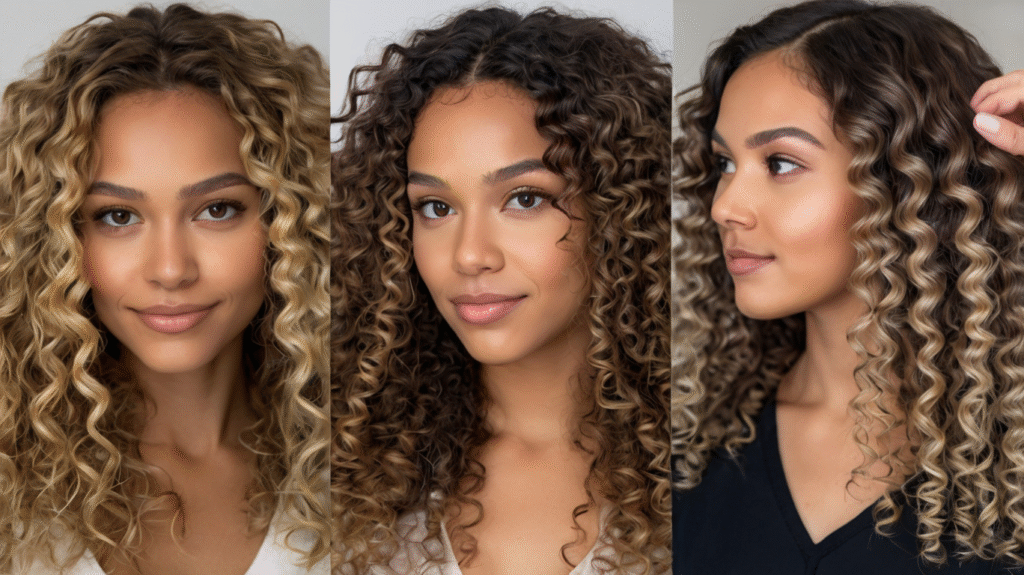
FAQs:
It’s ideal to let your skin recover. Using it weekly can lead to heightened irritation and barrier damage risk.
Certain products are marked “sensitive,” but they still can trigger reactions. Always patch test and check ingredient labels.
The active ingredients strip away both hair and natural oils. Moisturizing right after using can cut down on dryness.
Use only creams that are meant for facial hair. The facial skin is more sensitive than elsewhere on your body.
Discontinue using the product at once. Use a calming balm or aloe gel. If the rash remains, go see a dermatologist.